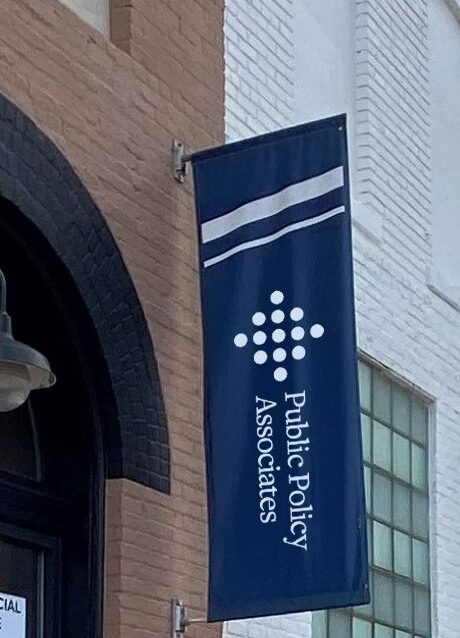
Michigan officials issued a series of orders in 2020 designed to lower the number of young people in confinement and reduce the health risks resulting from the pandemic. In response, juvenile courts expanded the use of existing alternatives to confinement and worked with community-based systems to provide greater access to services. The number of youths in secure facilities dropped by 23% from March 2020 to September 2020, although the numbers varied among facilities.
“Driven by the pandemic, local jurisdictions accelerated their efforts to keep youths out of secure detention facilities when possible and, in doing so, demonstrated new models for effectively treating youths in the community,” said Robb Burroughs, Director for Justice Policy at Public Policy Associates (PPA).
PPA and the Michigan Center for Youth Justice (MCYJ) partnered on research that examined the characteristics of young people who were released or diverted from detention, the factors that drove those decisions, and the extent to which those youth have remained out of secure confinement.
PPA’s Robb Burroughs presented these research findings at the Coalition for Juvenile Justice’s annual conference in Washington, D.C. Gabrielle Dresner of the Michigan Center for Youth Justice, was a co-presenter at the conference.
To learn more about Michigan’s efforts to keep justice-involved youth safe during the pandemic, see PPA’s brief: Impact of COVID-19 on Juvenile Detention.
PPA has been working with the state of Michigan on juvenile justice issues for more than a decade. For more information on PPA’s juvenile justice work, contact Mr. Burroughs at rburroughs@publicpolicy.com.

